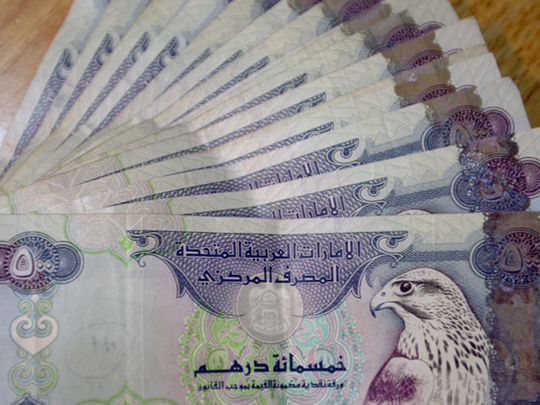
Dubai: Bankers in the UAE are demanding the Central Bank change a key liquidity control measure before they lower interbank interest rates to help re-energise anaemic lending activity, people familiar with the matter say.
At a meeting last Wednesday with the Central Bank, commercial lenders insisted that the "loan-to-stable-resources ratio" was outdated and needed to be revamped to help reduce interest rates. The regulatory measure was formed over 20 years ago and dictates the size of each bank's loan book by pegging it to their "stable resources", which include customer deposits and capital reserves.
"We met with the Central Bank last week and it was agreed that the Central Bank would revisit the makeup of the stable resources ratio, to see if it's still relevant," said one banker who attended the meeting.
"The ratio may not be relevant in today's market with different financial [realities] compared to 20 or 25 years ago."
According to the Central Bank's website, loans extended by banks must equal 100 per cent of "stable resources." These resources are defined as free capital reserves; all interbank deposits with maturities over six months; all customer deposits with maturities over six months and 85 per cent of customer deposits with maturities of less than six months.
Larger base
If the central bank does widen the scope for what funds could be classified as "stable resources", it could give banks a larger base from which to extend loans, bankers argue.
"The Central Bank could allow interbank deposits with maturities under six-months to account for stable resources and also increase shorter-term customer deposits that are counted in the measure to 100 per cent from 85 per cent," said another banker who attended the meeting.
Another option could be to change the stable resources ratio altogether to a smaller percentage, from the 100 per cent requirement at present, bankers say.
These suggestions could go a long way to lowering the persistently high Emirate interbank offered rate by increasing much needed liquidity as banks become more comfortable to lend, some bankers said.











